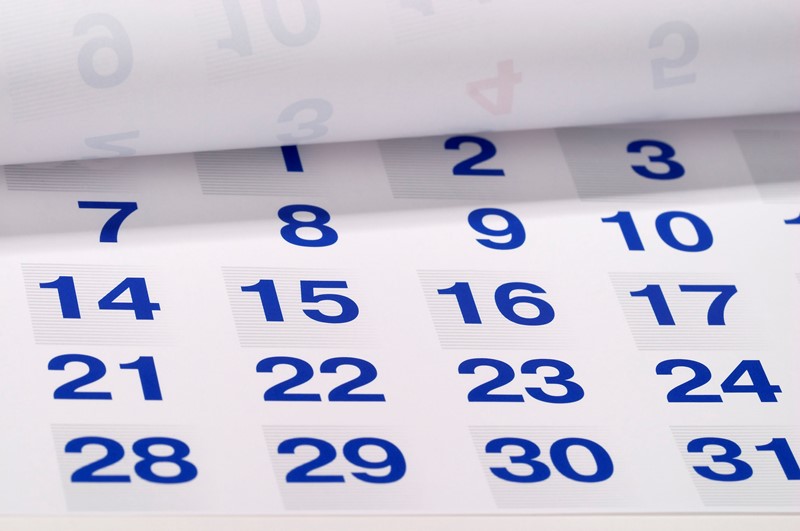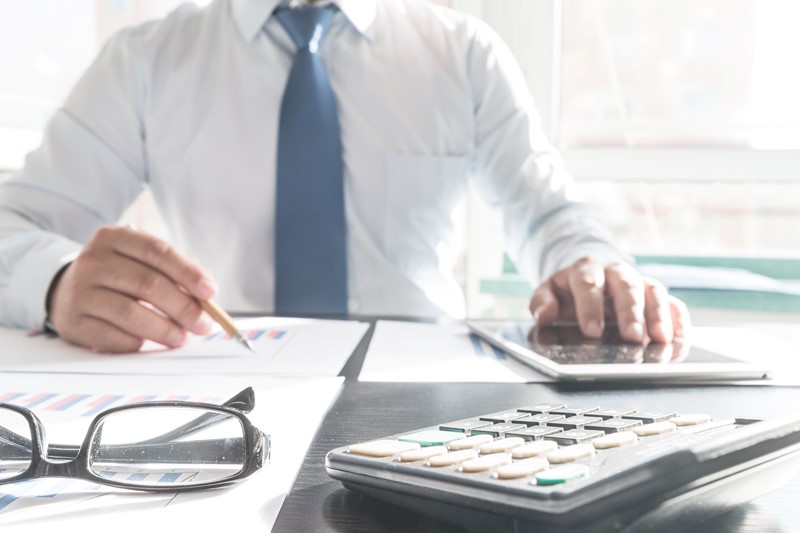The government has published its latest guidance on COVID restrictions and specifically on the new phase we have entered of ‘Living with COVID-19’. This has effectively moved the country into a new phase of living with COVID and marked the end of legal restrictions in England (since 24 February).
These changes include the removal of the legal requirement to self-isolate although adults and children who test positive continue to be advised to stay at home and avoid contact with other people in line with the existing rules. There are different timescales for the removal of restrictions in Scotland, Wales and Northern Ireland.
The other main changes that have taken or will take effect are as follows:
- No longer asking fully vaccinated close contacts and those under the age of 18 to test daily for 7 days and removing the legal requirement for close contacts who are not fully vaccinated to self-isolate.
- The end of self-isolation support payments and national funding for practical support. The medicine delivery service will no longer be available. People who were instructed to self-isolate before 24 February can still claim support payments until early April.
- The revoking of The Health Protection (Coronavirus, Restrictions) (England) (No. 3) Regulations. Local authorities will continue to manage local outbreaks of COVID-19 in high-risk settings as they do with other infectious diseases.
- From 24 March, the COVID-19 provisions within Statutory Sick Pay and Employment and Support Allowance regulations will end.
- From 1 April, the government will update guidance setting out the ongoing steps that people with COVID-19 should take to minimise contact with other people.












